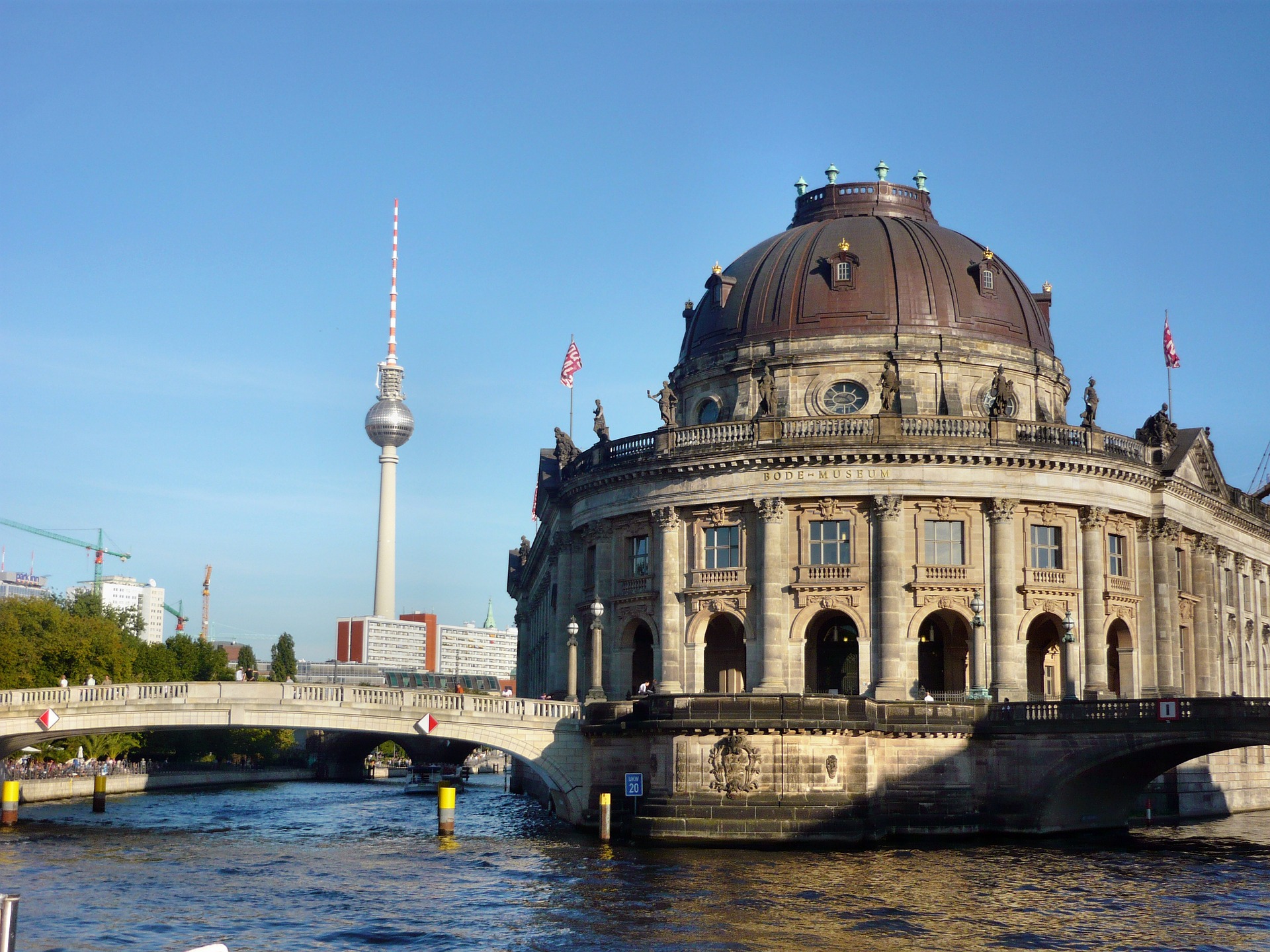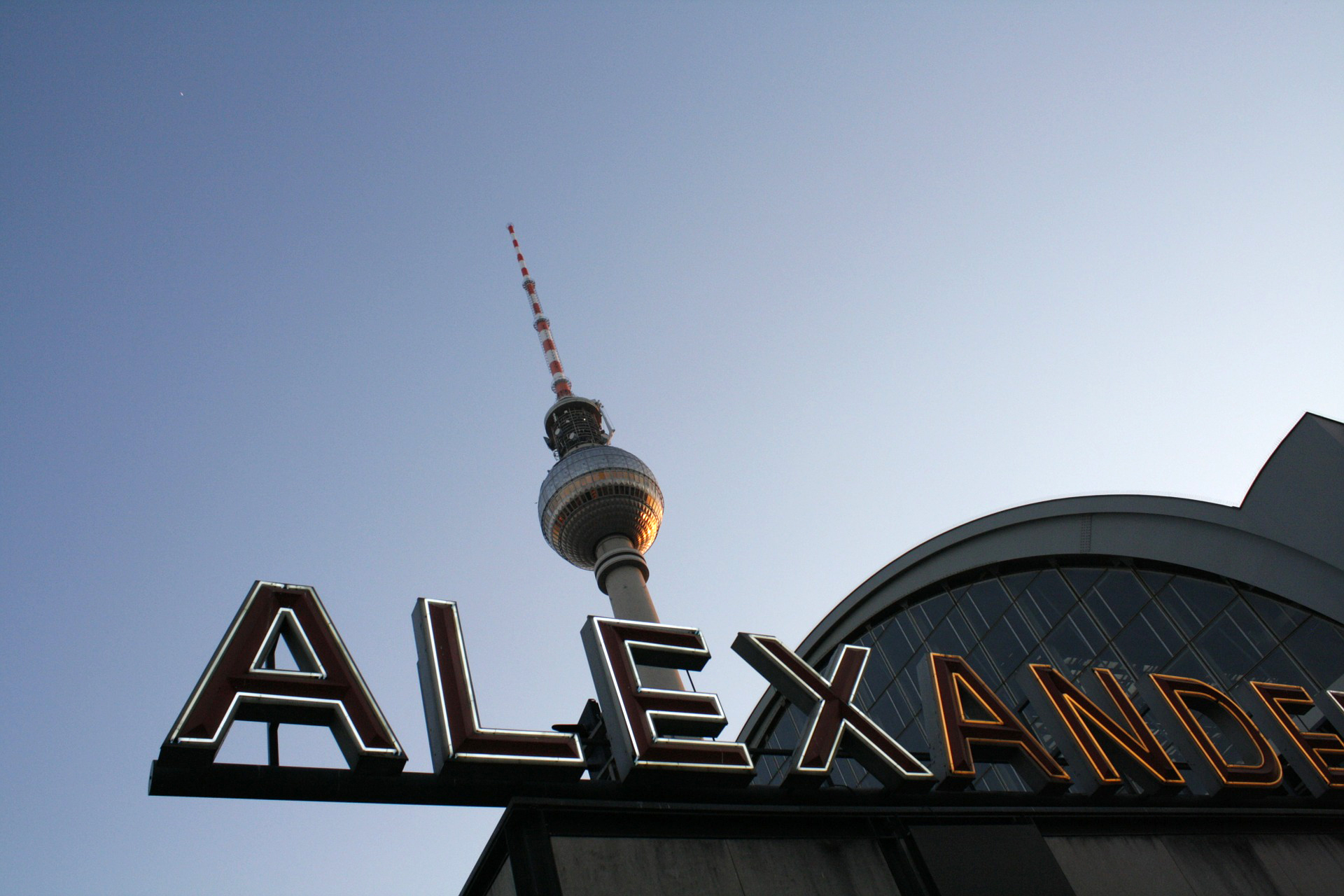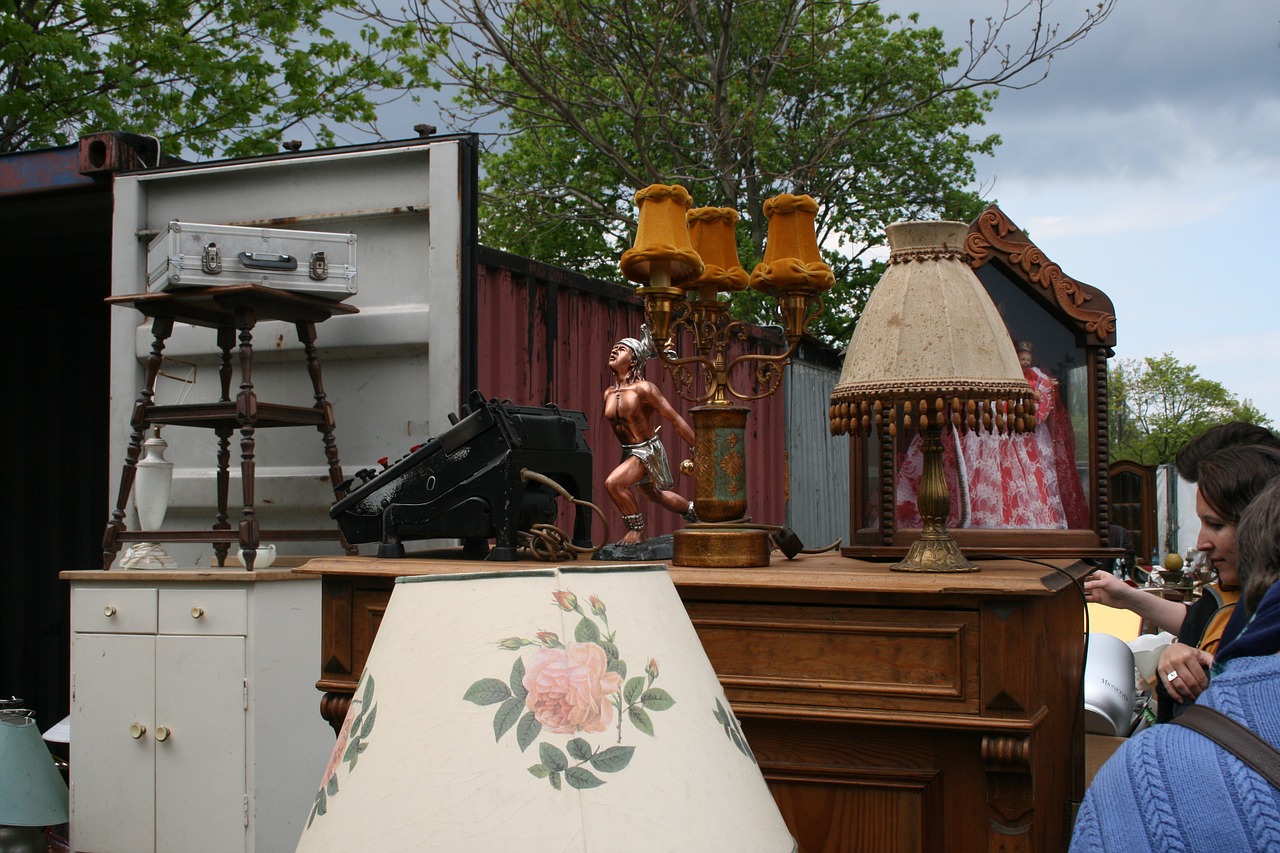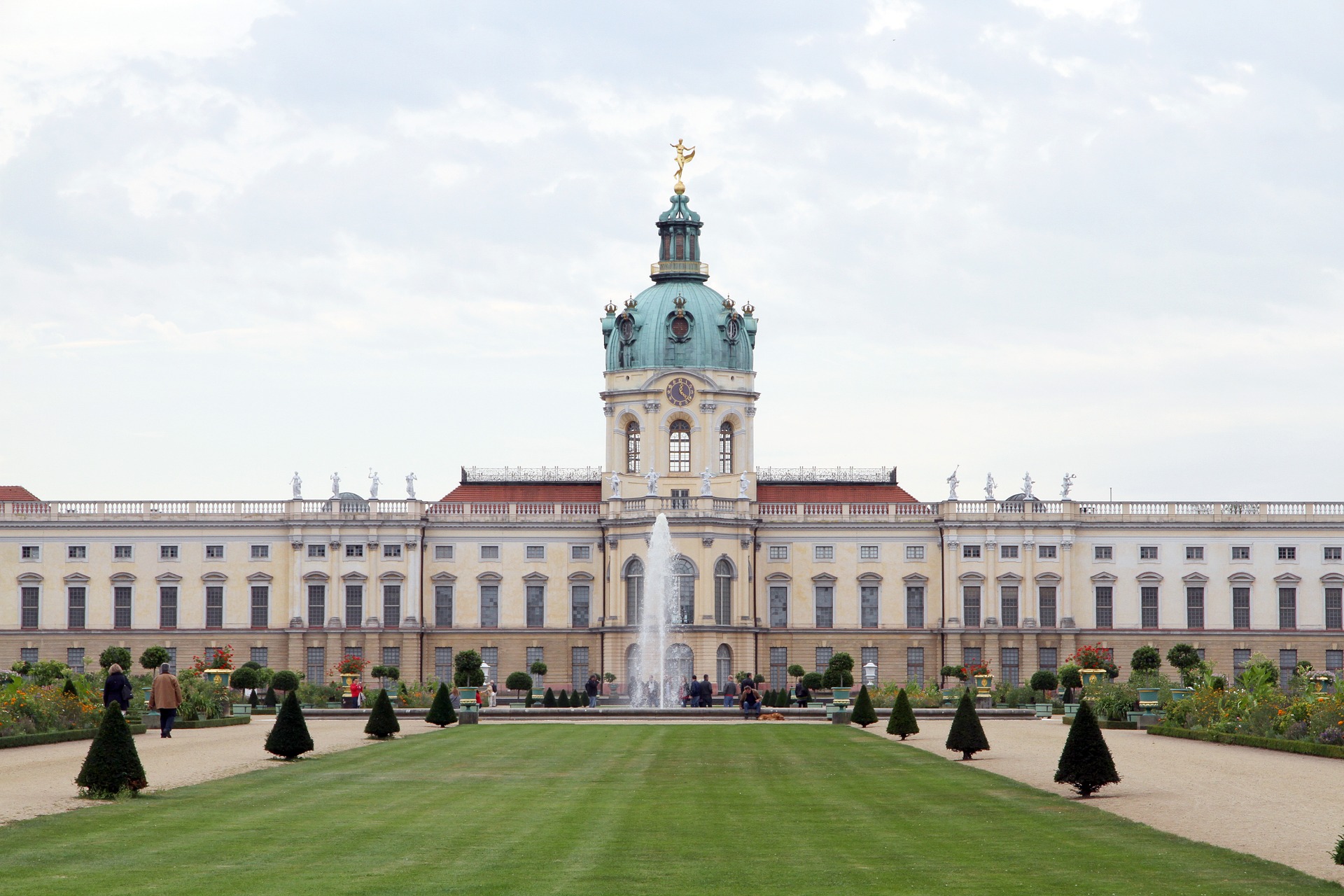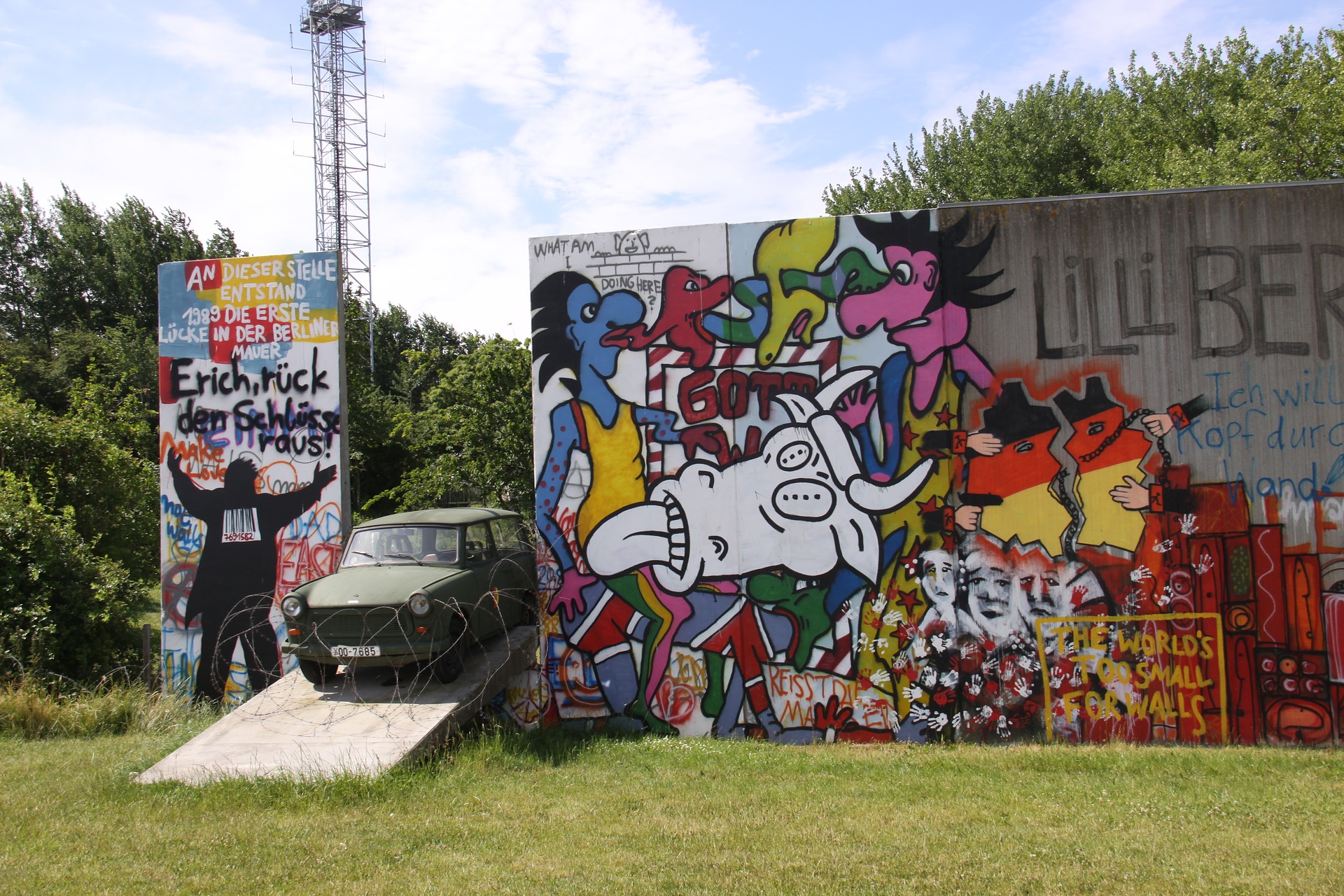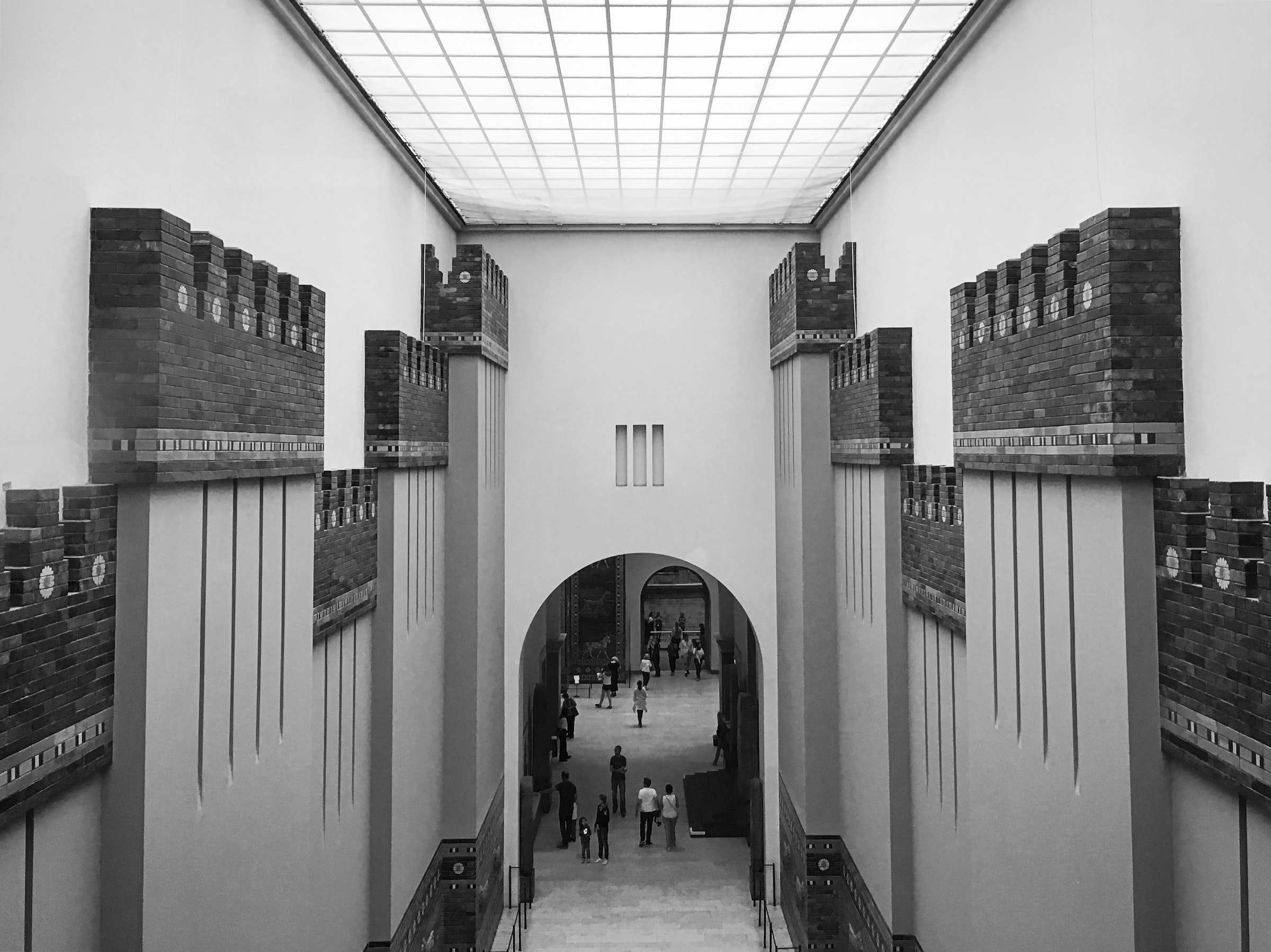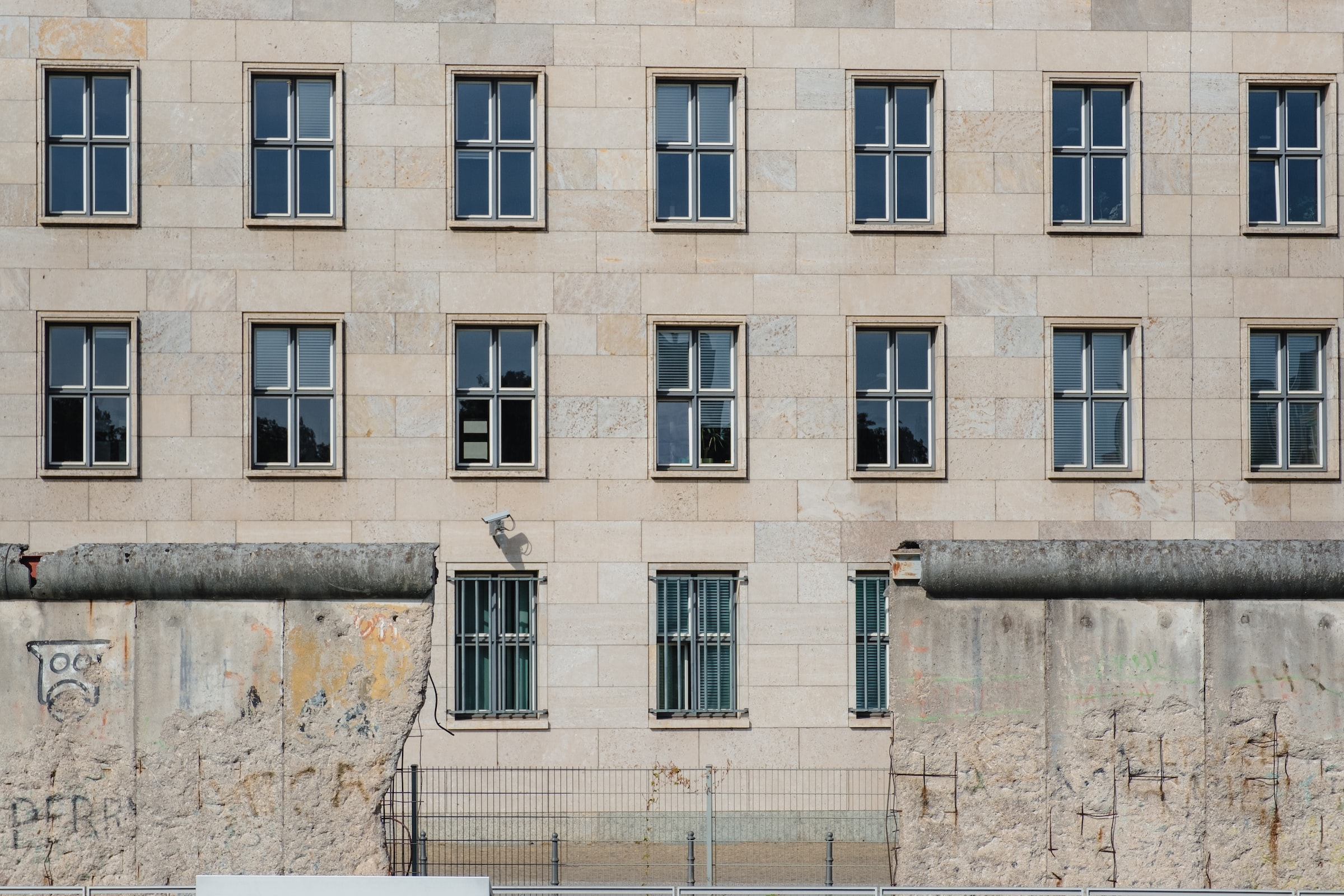A travel guide to
Berlin.
Known for
Historical sites, huge palaces, museums, flea markets, the Wall memorial…
This is Berlin.
Berlin is a city of artists, musicians, film makers, photographers, and designers. The city is home to some of the most iconic works of art in the world. From graffiti to street art, this vibrant and colourful city offers something for everyone. In this guide, we’ll be sharing some of the best things to do in the city, as well as some of the most essential travel information for Berlin. So whether you’re looking to see some of the top landmarks or on a day trip from the airport, keep reading to find out all you need to know.
Looking for something? Use the links below to jump to the exact section you need.
The Berlin U-Bahn and S-Bahn
If you’re unfamiliar with the terms, U-Bahn means the underground and the S-Bahn is the urban rail system. However, English speakers commonly call the whole thing the Berlin Subway.
Though technically run by two different companies, you will find both the U-Bahn and S-Bahn lines on our map of the network. You can also change between the two systems at no extra cost.
Planning a journey on the U-Bahn and S-Bahn
Our bespoke map of the Berlin network comes in our app for free. You can find your nearest station and the app also includes a really useful journey planner which makes it simple to navigate the city.
Tickets and travel passes
The Berlin U-Bahn and S-Bahn doesn’t have a travel smart card. So you’ll be buying more traditional paper tickets and passes.
With a valid ticket, ticket holders have access to all public transport in Berlin, including the S-Bahn, U-bahn, buses, trams and ferries. The fare depends on the tariff zone and the ticket’s period of validity.
When buying a ticket you should be aware of the three different zones that make up the Berlin transport network. You can see these on our map marked A, B and C. You can purchase a ticket that covers travel in 2 or 3 zones.
Prices for a single journey are:
AB – €3.00
BC – €3.50
ABC – €3.80
Berlin also has the “Short-trip” ticket that works a bit like a single ticket except it’s cheaper and for a very limited distance. For example the regular Short-trip ticket lets you travel up to 3 stations on the U-Bahn or S-Bahn. Or you can travel up to 6 stops on the bus or tram.
There are a wide range of travel tickets including multi-day passes and tickets that allow travel with children.
More information can be found on the official website of Berlin.
Buying and validating a ticket
There are ticket machines at all U-Bahn and S-Bahn stations and they work in multiple languages. In bigger stations, you will also find ticket counters run by the network operators.
In Berlin, you have to validate your ticket before you travel. To validate a ticket, look out for the yellow and red boxes that sit on the platforms. (You will also see them on buses and trams as well.) These boxes will stamp your card and once that’s done you’re ready to go.
Berlin WelcomeCard
The Berlin WelcomeCard is Berlin’s official tourist card, and offers many variations depending on your needs. Buying a WelcomeCard gives you access to transport in Berlin (prices vary depending on how many zones you need to travel in), savings up to 50% off on a selection of attractions and a free city guide book. More information on which WelcomeCard to buy can be found on the Visit Berlin Website.
Operating Hours
On weekdays, most subway lines run from 04:00 till 01:00. In between these service hours, night buses can be used for public transport.
Subway trains run in 5-minute intervals during the day and 10-minute intervals at night.
Over the weekend, the subway runs 24 hours, usually in 10-minute intervals during the day and 15-minute intervals at night.
Times of individual stations may vary so if you are travelling late at night we recommend double checking departure times.
Accessibility on the U-Bahn and S-Bahn
The majority of the U-Bahn and S-Bahn stations have step-free access. There are two main types of trains in Berlin. Roughly half of the trains have the entrance level with the platform so getting on if you use a wheelchair is easy even without assistance.
The rest of the trains do have a raised entrance. To get on one of these, the driver will get off and set up a ramp for you. But to make sure you’re spotted, you will need to wait at the end of the platform so that you are near the front of the train when it arrives. Wave to the driver to get their attention and they will take care of the rest.
Getting from Schönefeld Airport
There are convenient public transport connections from Schönefeld Airport. The Flughafen Schönefeld station is for both the S-Bahn and regional railway. It’s at the end of the S45 and S9 S-Bahn lines with trains leaving at regular intervals of 15 to 20 minutes.
There are also buses that will leave from outside the train station and from outside terminal A.
Getting from Brandenburg Airport
After landing at Brandenburg airport, the last thing you need to worry about is getting to Berlin city centre. Berlin airport trains are the fastest and most popular transportation mode to Berlin city centre. Passengers arriving at terminals 1 and 2 will find the railway station under terminal building 1 at the U2 level, whereas terminal 5 railway station is accessible via covered corridor. Both train stations are located at a 10 minute walk form the respective arrivals areas. However, regional trains stop only at the T1 railway station while S-Bahn trains serve both terminals.
The regional airport express train FEX links the airport to Berlin Central Station in only 30 minutes, departing T1 railway station every half hour.
The price for a one-way ticket from Brandenburg Berlin Airport to Berlin city centre is €3.80 for adults and €2.70 for children (6-14 years old). Brandenburg airport is located in zone C, so you will need to purchase an ABC ticket.
Things to do in Berlin
Berlin is filled with fascinating museums, vibrant markets and historic landmarks. There’s a lot to do, so put on your walking shoes and go explore this amazing city.
Weather
In Berlin, the summers are comfortable and partly cloudy and the winters are long, very cold, snowy, windy, and mostly cloudy.
July and August are the warmest months but rain is definitely not unheard of so bring your waterproofs. Spring and autumn are good months to visit as the weather is mild and more predictable.
Average temperatures for Berlin
January 1°C (34°F) | February 2°C (36°F) | March 5°C (41°F) | April 10°C (50°F) | May 14°C (57°F) | June 17°C (63°F) | July 20°C (68°F) | August 19°C (66°F) | September 15°C (59°F) | October 10°C (50°F) | November 6°C (43°F) | December 2°C (36°F)
Other Public Transport
Buses
For the city locations not served by the rail services, there will most likely be a bus route. There are 3 main types of bus service in Berlin, daytime buses, metro buses and night buses. The metro buses run 24 hours a day so they are especially convenient.
Trams
Berlin has trams and metrotrams on more than 20 lines. You also don’t need to purchase extra tickets to ride the tram as U-Bahn and S-Bahn tickets are accepted. There is very little difference between the tram and metrotram other than the frequency. Metrotrams operate on the lines starting with “M” and run every 10 minutes during the day.
Taxis
You’ll find taxi ranks outside train stations and you can take any waiting taxi, it’s actually not necessary to use the one at the front of the queue. You can also flag down taxis from the side of the road.
All taxis in Berlin operate the same fare system that starts at a base rate of €3.90, then it’s €2.30 per kilometre for the first seven kilometres and after that each one is €1.65.
If you want to make a short trip of two kilometres or less, flag down a taxi from the side of the road and let the driver know you would like to make a short trip. The cost is €6 for the whole journey. But be aware you can’t get this special fare from a taxi in a rank and the journey must be uninterrupted.
Currency
The currency in Berlin, Germany is the Euro – €
Bank notes are for €5 and higher. There are 100 Cents to 1 Euro. Coins come in units of 1c, 2c, 5c, 10c, 20c, 50c, €1 and €2.
Unlike GBP and US dollars there aren’t many popular nicknames for the Euro.
ISO code: EUR
Symbol: €
Banknotes: €5, €10, €20, €50, €100, €200, €500
Coins: 1c, 2c, 5c, 10c, 20c, 50c, €1, €2
Tipping in Berlin
Tipping is common practice in Berlin and throughout Germany. It is generally expected to leave a small tip (usually 5-10%) of the total bill) at restaurants, cafes, and bars. Tipping at hotels and hairdressers is also common, but it it not expected at all service establishments. While tipping is not mandatory, it is an appreciated gesture and can be a nice way to show your appreciation for good service.
Taxi drivers are usually given 10% of the fare. If you’re staying in a hotel it’s customary to leave €2 to €3 a day for housekeeping.
Internet and free WiFi
Berlin launched a free Wifi project back in June 2016. There are over 2,000 free Wifi hotspots across the city. You’ll find them at major tourist locations and points of interest.
The great thing about “Free WiFi Berlin” is that it doesn’t require registration and allows for unlimited access. There isn’t a map of hotspots but more information can be found at the Berlin city website.
You’ll also find that cafes, libraries, and most underground “U-Bahn” stations provide access to free Wifi.
Alternatively, you can find Wifi hotspots across the city of Berlin using this free Wifi map, which is available for download on iOS and Android.


